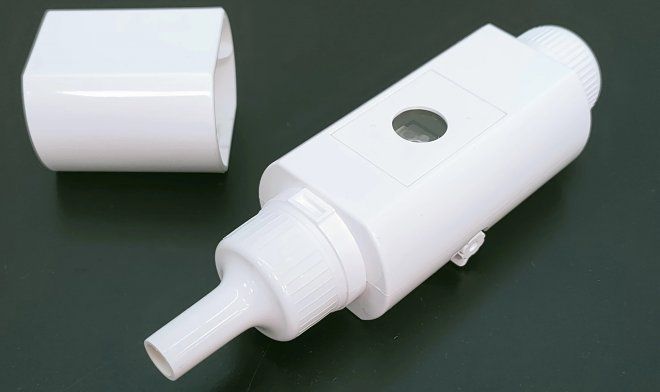Singapore has developed a COVID-19 detector based on an ordinary breathalyzer
Singapore has developed a COVID-19 detector based on an ordinary breathalyzer
As the experience of several countries has shown, the key to defeating the epidemic is not only vaccination, but also the ability to quickly test people for COVID-19 at any time and in any place. And that is why many teams of specialists have focused their efforts on developing new types of tests that are fast, cheap, and accessible. A breakthrough in this field was made in Singapore, where they modernized the usual breathalyzer to detect the virus through breath analysis.
The new test was based not on searching for the virus itself, but for associated volatile organic compounds. The presence of certain aldehydes and ketones in a person’s exhaled breath reliably indicates the presence of the virus in the body. Previously, however, cumbersome gas chromatographs were required to analyze exhaled breath, and Singaporean scientists spent two years searching for an alternative solution.
The device uses Raman spectroscopy – three surface-enhanced Raman sensors in the form of silver nanocubes. The system is housed in a conventional breathalyzer and takes only 10 seconds to collect data. The collected samples are then placed in a portable spectrometer and the test result is ready in 5 minutes.
In the first phase of testing on a group of 501 people, the new test gave 0.1 percent false positives and 3.8 percent false negatives. The data were double-checked with a classical PCR test. With such an accuracy, the new test is already quite capable of replacing it; all that is left to do is to work out the issues of mass production of the new test systems.
